- Category
- Culture
What's More Iconic than the Traditional Ukrainian Vyshyvanka Shirt? Answer: Not Much
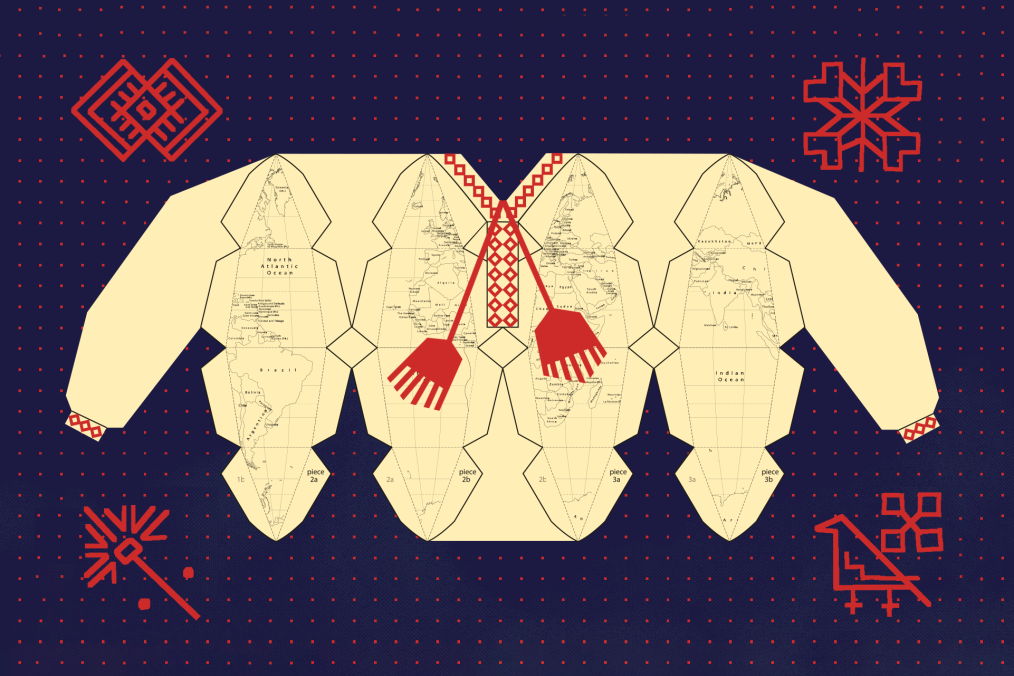
Yes, this is another article about traditional Ukrainian embroidered shirts—and all the iconic figures that have been pictured wearing them—because there can never be enough.
Leaning forward with a notebook and pen in hand, young Jim Morrison is sitting on a low stool in a traditional Ukrainian shirt with cross-stitch embroidery. His thick curls, as untamed and rebellious as ever, are long enough to just touch the top of the high collar of his vyshyvanka. This iconic black and white photo taken by photographer Guy Webster in 1966 has long been a source of curiosity for many. Why is the legendary American vocalist of ‘The Doors’ wearing something so synonymous with Ukraine?
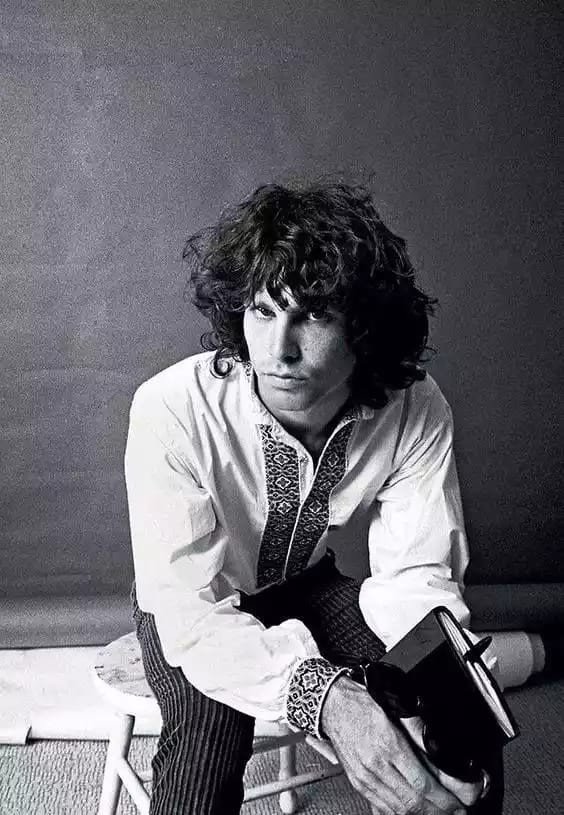
For centuries, Russian culture—just as that of almost all other colonial empires—has deliberately tried to erase and appropriate everything Ukrainian. This may explain why it is both surprising and empowering for Ukrainians obsessed with this photo to see such an unapologetic representation of their identity—especially on a man considered by so many to be one of the most influential frontmen in rock history.
It is believed by some that this Ukrainian shirt was given to Jim Morrison by Andy Warhol, yet this remains to be a legend. Warhol’s parents were Rusyn—a distinct Slavic people from eastern Slovakia, south-eastern Poland, and western Ukraine—who moved to the US from a small village in the Carpathian Mountains. Warhol was born and grew up in a “Rusyn ghetto” of Pittsburgh and then moved to New York in mid-1949. Whilst there is no evidence that he “self-consciously” identified as either Rusyn or Ukrainian, scholar Alexander J Motyl says that “Andy Warhol can legitimately be said to be part of both nations’ cultural legacy.” This of course excites many Ukrainians—resulting in many town squares and streets in Ukraine being renamed after the artist. As for Jim Morrison’s shirt, the eccentric pair were said to be friends in the 70s, which may provide clues as to how a traditional Ukrainian cross stitch shirt ended up on Morrison.
The extent of Warhol’s fascination with Ukrainian traditional embroidery will forever remain unknown, yet there’s no doubt that it has interested many before and after him.
In 1956, Pablo Picasso was also pictured in a Ukrainian vyshyvanka sitting with his biographer Roland Penrose. The photo was taken in France by American photographer and photojournalist Lee Miller.
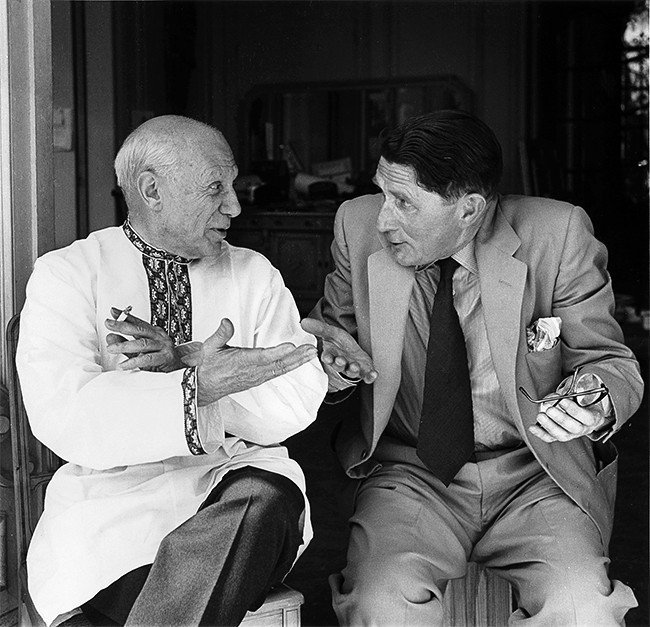
Picasso’s connection to Ukraine, unlike Jim Morrison’s, is much more straightforward. Not least, because his first wife Olha Khokhlova was a ballet dancer born in Nizhyn—a city in the north of Ukraine. In classic imperial fashion, Russia has always tried to claim her too, and her Wikipedia page in English still reads “Russian ballet dancer.”
The pair met in 1917 and Olha soon became Pablo’s principal model, muse and later wife. From Picasso’s multiple affairs to Olha’s health troubles, their union is said to have been a tumultuous one. Their marriage collapsed by 1922, yet Picasso refused to divorce the Ukrainian dancer for financial reasons. She died in 1955 still legally married to Picasso.
However, the famous artist’s choice of clothing wasn’t the only thing that gave away his interest in Ukraine. Picasso is said to have been an admirer of Ukrainian folk artist Maria Prymachenko, whose colorful works are renowned all over the world. In 1937, her works were sent to Paris for the World’s Fair. That is where Picasso was recorded as saying, "I bow down before the artistic miracle of this brilliant Ukrainian."
As exciting as foreign icons wearing Ukrainian Vyshyvankas are, Ukraine also has its share of iconic figures who chose to express themselves through traditional cross-stitch shirts over the years.
If you’re not Ukrainian, there’s a high chance that you don’t know who Ivan Franko is. If you are, you have probably not only studied him in school but also walked down a street named after him and seen countless plays he wrote. Even Wikipedia struggles to include the whole list of descriptions for this man: “a poet, writer, social and literary critic, journalist, translator, economist, political activist, doctor of philosophy, ethnographer and author of the first detective novels and modern poetry in Ukraine.” If this isn’t enough proof of just how iconic this man was, his style is there to back the claim up.
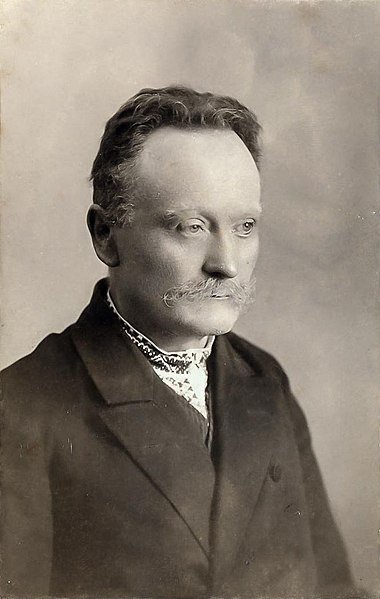
It is said that Ivan Franko was the first person to popularize wearing a three-piece European suit with a Ukrainian Vyshyvanka in the late 19th century. Back then, this was an act of resistance in and of itself. When Russia colonized Ukraine, it created a hierarchy of cultures—like most other colonial empires—with “the great Russian culture” at the helm. The Ukrainian culture was deemed inferior and relegated to a “secondary” status. Since embroidered shirts have always been a cornerstone of Ukrainian culture, they were reduced to a garment for the “lower classes” or “peasants.” So, when Franko combined a marker of high society—the three-piece suit—with a Ukrainian vyshyvanka, he chose to publicly reject Russia’s cultural hierarchy. Franko was so committed to wearing traditional embroidered shirts that he had a whole collection of them—gifted to him from different people.
Of course, there was also the 19th-century Ukrainian feminist icon, poet, and writer Lesya Ukrainka herself. She was known for her unapologetically Ukrainian style, combining traditional elements with European trends—similarly to Franko—in her proudly Ukrainian spirit.
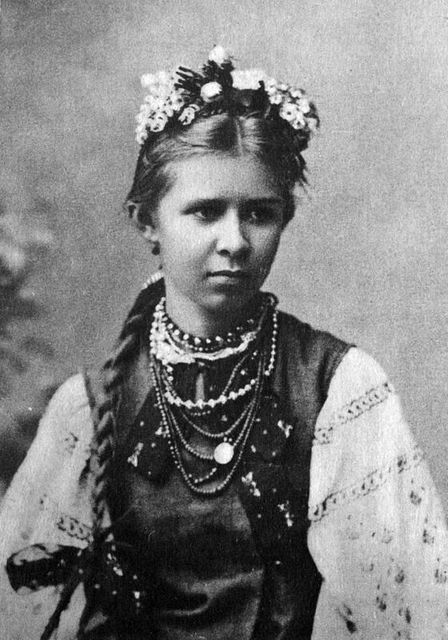
But for Lesya, embroidery was not just a fashion statement. Her mother, Olena Bdjilka, also a prominent Ukrainian cultural figure, studied and collected traditional Ukrainian embroidery. This is why Lesya was taught how to embroider herself from a very young age and became outstanding in this skill. On many of the black-and-white photos that still exist of the great Ukrainian writer, Lesya is almost always seen proudly wearing different Ukrainian Vyshyvankas—many most probably completed herself.
But you don’t really have to be a Morrison, Picasso, Franko, or Ukrainka fan to also love the Vyshyvanka—as many do today. As Ukraine battles Russian imperial expansion once again, Ukrainian culture fights back. Reminded of the resilience of those who chose to unapologetically be Ukrainian throughout centuries, many continue to follow suit. Because no matter how hard Russia tries to erase and appropriate Ukraine and its culture, it will always be proudly carried by its people and their allies.

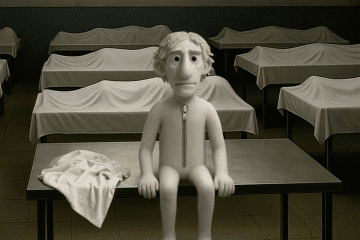


-1e64b6336d07968ffea617de91046818.png)

-554f0711f15a880af68b2550a739eee4.jpg)